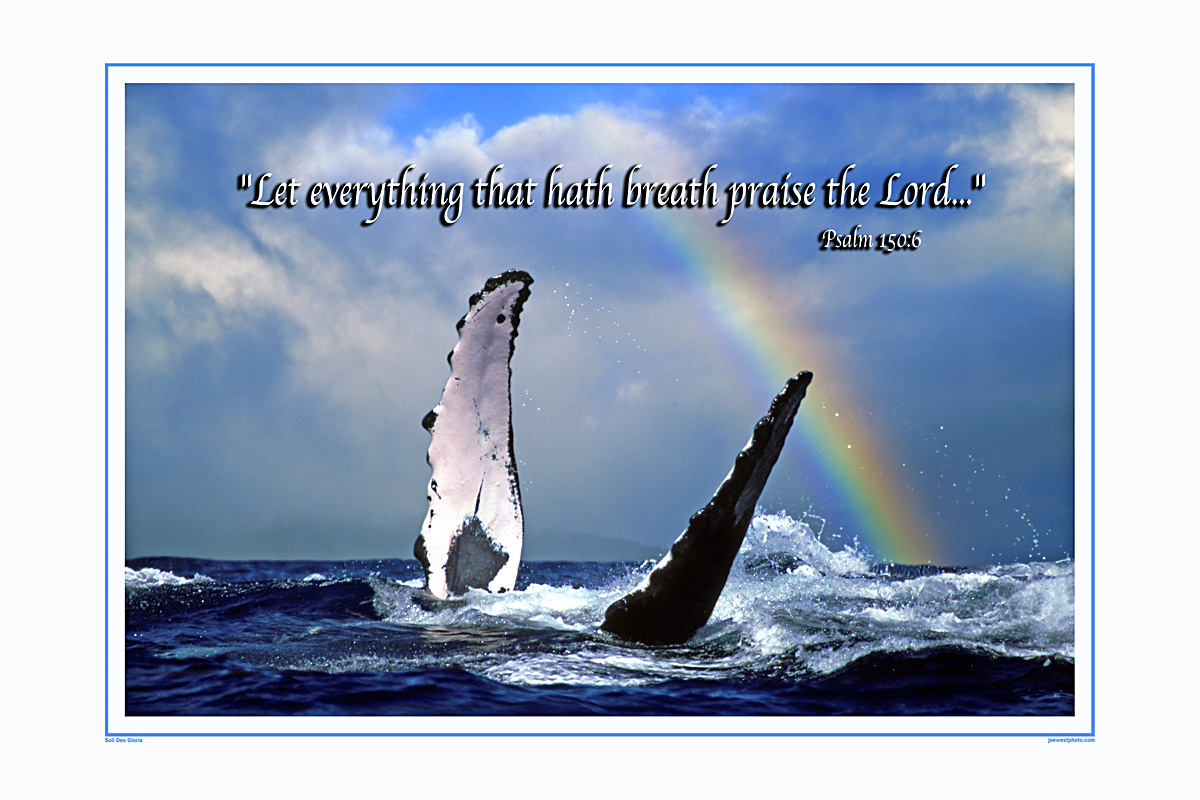Why Did Jesus Enter Jerusalem on a Donkey?

Why did Jesus enter Jerusalem on a Donkey? Why didn’t He ride in on a horse? Or why didn’t He simply walk like He does everywhere else in the Gospels? After all, this is the only recorded instance of Jesus riding on any animal.
Furthermore, Jesus does this when it was customary for pilgrims to dismount their animals and to complete this final stretch into Jerusalem on foot (see the Mishnah on Haggai 1:1).[1]
Clearly, Jesus’ choice of a donkey was deliberate. So why a donkey? What was Jesus trying to show us about who He is and what he was doing? Let’s look at three main things we are to glean from this.
Jesus rides on a donkey to reveal Himself as Israel’s long-foretold, messianic King
Jesus’ entrance on a donkey is rooted in Zechariah 9:9’s messianic prophecy about Zion’s King arriving on a donkey. Both Matthew and John cite this passage to explain the significance of Jesus’ actions. Here is what it says:
“Rejoice greatly, O daughter of Zion!
Shout aloud, O daughter of Jerusalem!
Behold, your king is coming to you;
righteous and having salvation is he,
humble and mounted on a donkey,
on a colt, the foal of a donkey.
I will cut off the chariot from Ephraim
and the war horse from Jerusalem;
and the battle bow shall be cut off,
and he shall speak peace to the nations;
his rule shall be from sea to sea,
and from the River to the ends of the earth” (Zechariah 9:9-10 ESV).
The mention of a donkey here in Zechariah 9:9, however, is not an anomaly. Rather it builds upon a rich history of Israel’s kings and even previous messianic prophecies.
It is helpful to understand that although donkeys may be considered lowly animals today, they were commonly ridden by kings in the Ancient Near East. They were considered a preferred form of transportation due to their even gait and sure-footedness on the rocky terrain prominent throughout Israel. Although rulers in the first century eventually gravitated toward horses, there remained a strong association between donkeys and Israel’s kings. Here are a few key passages which help us understand the rich tradition Zechariah 9:9 builds upon.
Genesis 49:10-11
The association of Israel’s kings with donkeys most prominently begins when Jacob blesses Judah. In his blessing, Jacob foretells of a descendant from Judah who will forever rule over all the nations. This ruler is depicted through imagery pertaining to a donkey and colt.
“The scepter will not depart from Judah,
nor the ruler’s staff from between his feet,
until he to whom it belongs shall come
and the obedience of the nations shall be his.
He will tether his donkey to a vine,
his colt to the choicest branch;
he will wash his garments in wine,
his robes in the blood of grapes.”[2]
Judges 10:3-4 (see also 5:10; 12:14)
The association of donkeys with Israel’s leaders continues through the book of Judges. Here they function as a symbol of affluence and wealth, not lowliness or humility.
“Jair the Gileadite rose up after him; he led Israel for twenty-two years. He had thirty sons who rode on thirty donkeys and possessed thirty cities” (NET).
1 Samuel 9-10
Donkeys are then found playing a prominent role in the anointing of Israel’s first king, King Saul. This unusual account is full of divinely orchestrated details with a storyline structured around Saul’s quest to bring back his father’s lost donkeys. His pursuit to find them leads Saul to another town where he encounters the prophet Samuel. Samuel is directed by God to anoint Saul as king. He then foretells a number of precise details, including the return of Saul’s donkeys, as a sign that God’s Spirit will come upon Saul as king.
1 Samuel 16
When God eventually rejects Saul due to his disobedience, God has Samuel anoint David as Israel’s new, divinely appointed king. Although this is done in secret, David is immediately sent to Saul bearing the same distinguishing signs Saul was told to look for before he was anointed by the Spirit as king.
Just as Saul was foretold of details pertaining to his “father’s donkeys,” the carrying of “young goats…loaves of bread…a skin of wine,” along with a “a procession … with lyres” (1 Samuel 10:2-5), so also did these accompany David: “Jesse took a donkey loaded with bread, a skin of wine and a young goat and sent them with his son David to Saul” (1 Samuel 16:20). David was sent because he was one “who knows how to play the lyre” (1 Samuel 16:18) and could do so to comfort Saul since God’s Spirit had left him.
In these accounts, donkeys came to serve as a distinguishing sign of God’s chosen King.
1 Samuel 16:1-2
When David is later forced to flee Jerusalem due to Absalom’s attempt to take over his throne, he is met by Ziba on the Mount of Olives. Ziba acknowledges David as Israel’s true king. Once again, this is expressed through the iconic mention of donkeys, bread, wine, and now also fruit. The theme is clarified further by Ziba’s words, “The donkeys are for the king’s household to ride on” (2 Samuel 16:2).
1 Kings 1:28-53
Next comes the anointing of Israel’s third king, David’s son Solomon. As with the two previous kings, a donkey is once again employed in a significant way. Here David’s mule is given to his son Solomon – a symbol of giving him his mobile throne. It established Solomon as the new king. After riding upon it to his anointing a Gihon (a spring just east of Jerusalem in the Kidron Valley), Solomon then rides upon the mule back into Jerusalem with the city loudly cheering.
Overall, this rich background helps us see how by choosing to ride in upon upon a donkey, Jesus is presenting Himself as Israel’s true King. He is the promised descendent of Judah – summoning a tethered donkey with its colt (Matthew 21:2). He is the promised “Son of David,” who like David’s first son rides westward into Jerusalem while being met with a loud reception (Matthew 21:1-11).
The donkey symbolizes the inclusion of the nations
Along with the donkey depicting its rider as Israel’s true King, Zechariah 9:9 also links the donkey to a particular purpose: declaring peace to the nations.
Although we typically assume the donkey functions as a symbol of humility, Zechariah uses it primarily as a symbol of peace.
Notice how in the next verse Zechariah contrasts the donkey with horses, chariots, and bows – all symbols of war. As the King enters upon a symbol of peace, we are told that God will remove these contrasting symbols of war (Zechariah 9:10).
This is followed by Zechariah’s statement that Zion’s King will “speak peace to the nations” (Zechariah 9:10).
Thus, Jesus rides into Jerusalem not to overthrow Roman rule, but to bring peace. He comes upon a beast of burden – an animal of work, not war.
While the crowds quickly understood the regal nature of the donkey, it appears they completely missed this message of peace in Zechariah 9. The apostle John tells us even the disciples did not grasp it until after the resurrection (John 12:16). Instead of celebrating Jesus’ inclusion of the nations, the crowd hailed Him as their King through symbols depicting forceful liberation from foreign power.[3] They missed the fact that Jesus was riding in to extend peace even to their occupying enemies through a different kind of liberation. This focus on the inclusion of the nations is one of the dominant themes throughout Jesus’ triumphal entry which concludes with the cleansing of the temple.[4]
Zion’s King will establish His global dominion and peace through personal affliction
Zechariah 9:10 concludes, “and His dominion will be from sea to sea … to the ends of the earth.”
Surprisingly, the King’s global dominion in these verses will not be established through war. Instead, He enters upon the scene and establishes peace with a very unusual depiction. Look again at how verse 9 describes Him, “righteous and endowed with salvation, humble, and mounted on a donkey” (v. 9; emphasis added).
The term often translated here as “humble” or “lowly” (ani in Hebrew) occurs 77 times in the Old Testament. It is a rather complex word and almost always signifies those who are poor and/or afflicted by the rich, powerful, arrogant, and wicked. As one scholar puts it, “In a general sense ani denotes the defenseless, those without rights, the oppressed, those who have been cheated, exploited, and cursed (see Psalms 9 and 10).”[5]
The word occurs three other times in Zechariah. In Zechariah 7:10, it describes the poor and is placed in a list of people not to be “oppressed.” In Zechariah 11:7 and 11:11, it represents the afflicted. Verse 7 even parallels ani with those who are slaughtered:
“the flock intended for slaughter,
the oppressed (ani) of the flock.”
Since oppression and affliction consistently characterize Zechariah’s use of this term elsewhere in his book, we should be slow to look past this connotation in Zechariah 9:9.[6]
This nuance is further strengthened by the mention of Him being “endowed with salvation” (NASB, ESV) or “victorious” (NIV, NRSV, NET, CSB, NLT). The term used here is merely the passive form of the verb for save – implying that the King, whom it is referencing, has Himself been saved. This is the clear the meaning of this word’s verbal form everywhere else it is used. Here are its three other occurrences:
“Blessed are you, Israel! Who is like you, a people saved by the LORD?” (Deuteronomy 33:29; emphasis added).
“No king is saved by the size of his army;
no warrior escapes by his great strength.
A horse is a vain hope for deliverance;
despite all its great strength it cannot save.
But the eyes of the LORD are on those who fear him,
on those whose hope is in his unfailing love,
to deliver them from death
and keep them alive in famine” (Psalm 33:16-19; emphasis added).
“But Israel will be saved by the LORD
with an everlasting salvation;
you will never be put to shame or disgraced,
to ages everlasting” (Isaiah 45:17; emphasis added).
It seems translators are moved to their various renderings above not because of uncertainty in the word itself, but because of its unexpected tone given the context.
However, this statement about “being saved,” though odd, coincides with the equally surprising mention of “affliction” used to describe this all-sovereign King.
One more element of support for this reading comes the Gospel of John. After citing Zechariah 9:9, John briefly comments on how the disciples didn’t understand it right away. He then, surprisingly, goes on to reference Zechariah 9:9 as something which happened to Jesus, not something Jesus did: “At first his disciples did not understand all this. Only after Jesus was glorified did they realize that these things had been written about him and that these things had been done to him” (John 12:16). It is difficult to explain what else could have “been done to Jesus” from Zechariah 9:9 other than being “afflicted” and then “saved” from death.
Though less obvious than the previous points, Jesus choice of a donkey nevertheless hints at the fact that He was not coming at that time to conquer through force, but to reconcile through sacrifice.
Altogether, Jesus’s choice to ride into Jerusalem upon donkey was certainly deliberate. He did so to reveal Himself as Israel’s true King – their long-awaited, messianic King – the promised descendant of Judah and Son of David. It was a symbol which expressed His heart for the nations and hinted at the reconciliation he was about to accomplish through sacrificing His own life. Riding in upon a beast of burden, He came to accomplish this work. He came to bear our affliction so that His pronouncement of peace can be spread from sea to sea.
[1] https://www.sefaria.org/Mishnah_Chagigah.1?lang=bi
[2] All quotations of Scripture are from the NIV unless otherwise stated.
[3] Here are two examples of how the crowd expressed their desire for King who would liberate them as a nation.
The action of placing their cloaks before Jesus, recalled the manner in which Jehu was celebrated as Israel’s new king (2 Kings 9:13 – Jehu is the only king described in the Old Testament this way). Now, Jehu was a good king, but not one who rode peacefully upon a donkey. He was a king characterized by horse, chariot, and bow. He was commissioned by God to be an agent of judgement, purging Israel of its wicked leaders and widespread idolatry. Jehu functioned as the prime example of a non-peaceful king. When asked three times if he came in peace, Jehu repeated responded with something like, “How can there be peace . . . as long as all the idolatry and witchcraft of your mother Jezebel abound?” (2 Kings 9:22; see also verses 18 and 19).
In a similar way, the waving of palm branches played a prominent role surrounding the Hasmonean dynasty when leaders like Simon Maccabeus took back Jerusalem from foreign control (roughly 200 years earlier). With surprising similarity to Jesus’ triumphal entry, these events were celebrated with palm branches and praise “because a great enemy had been crushed and removed from Israel” (1 Maccabees 13:51; NRSV; see also 2 Maccabees 10:7).
[4] For example, Matthew notes how Jesus’ subsequent cleansing of the temple was not from foreigners (as the crowd wanted) but for foreigners. He notes how Jesus quoted Isaiah 56 to explain His actions, “for my house will be called a house of prayer for all nations” (Isaiah 56:6 – by referencing this verse, Jesus is referencing all of Isaiah 56, a chapter focusing on this theme and worth reading in its entirety; Matthew 21:13).
John makes several surrounding sidenotes as well to develop this emphasis on Jesus’ extension of peace to the nations. I love how he does this through the words of the Jewish leaders: “the Pharisees said to one another [as they beheld Jesus’ triumphant entry], ‘See, this is getting us nowhere. Look how the whole world has gone after him!’ Now there were some Greeks among those who went up to worship at the festival. …. they said, “we would like to see Jesus” (John 12:19-21; emphasis added). John also notes in the preceding chapter: “as high priest that year he [Caiaphas] prophesied that Jesus would die for the Jewish nation, and not only for that nation but also for the scattered children of God, to bring them together and make them one. So from that day on they plotted to take his life” (John 11:51-53).
Go Deeper
- Where is God When Life Hurts? – Package Offer with SD Card
- The Biblical Case for the Rapture of all Christians – 2021 Package
- Join the Inner Circle to support The John Ankerberg Show!
[5] W. Bauder, “πραΰς,” New International Dictionary of New Testament Theology, 2:257.
[6] I find it interesting, though likely just trivial, that Jesus begins His entry into Jerusalem from Bethany (Beth meaning “house” and ani meaning “afflicted/poor”).








